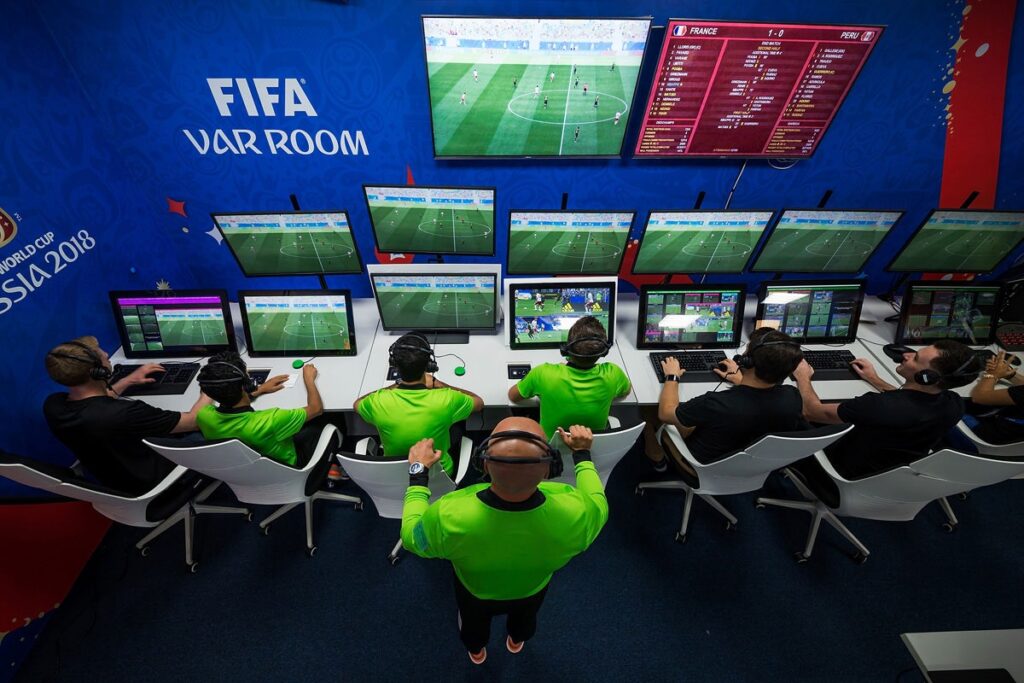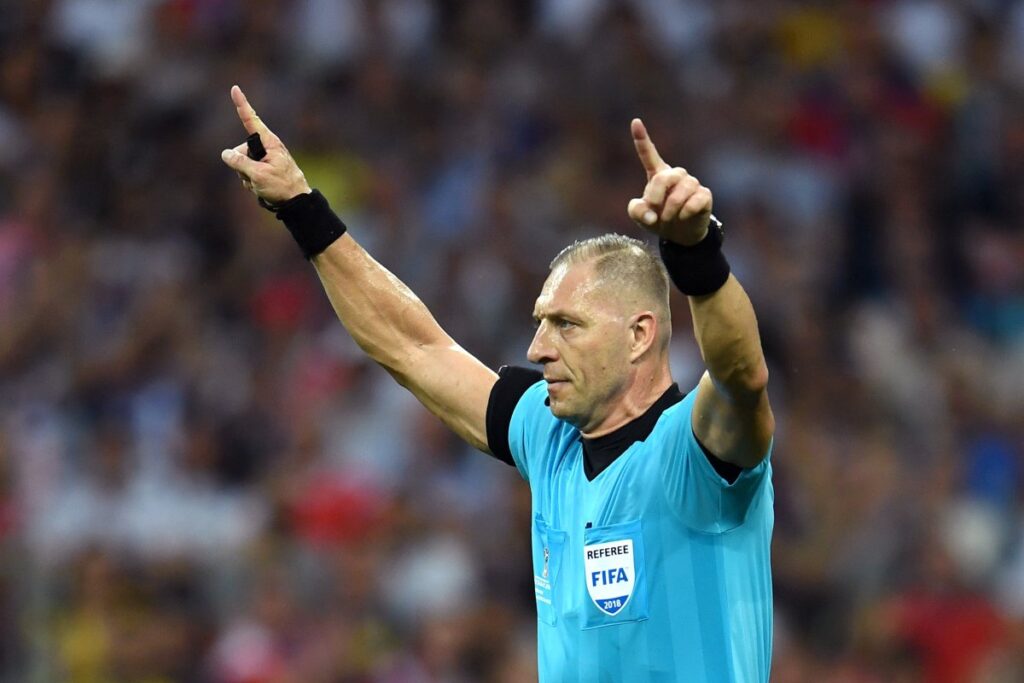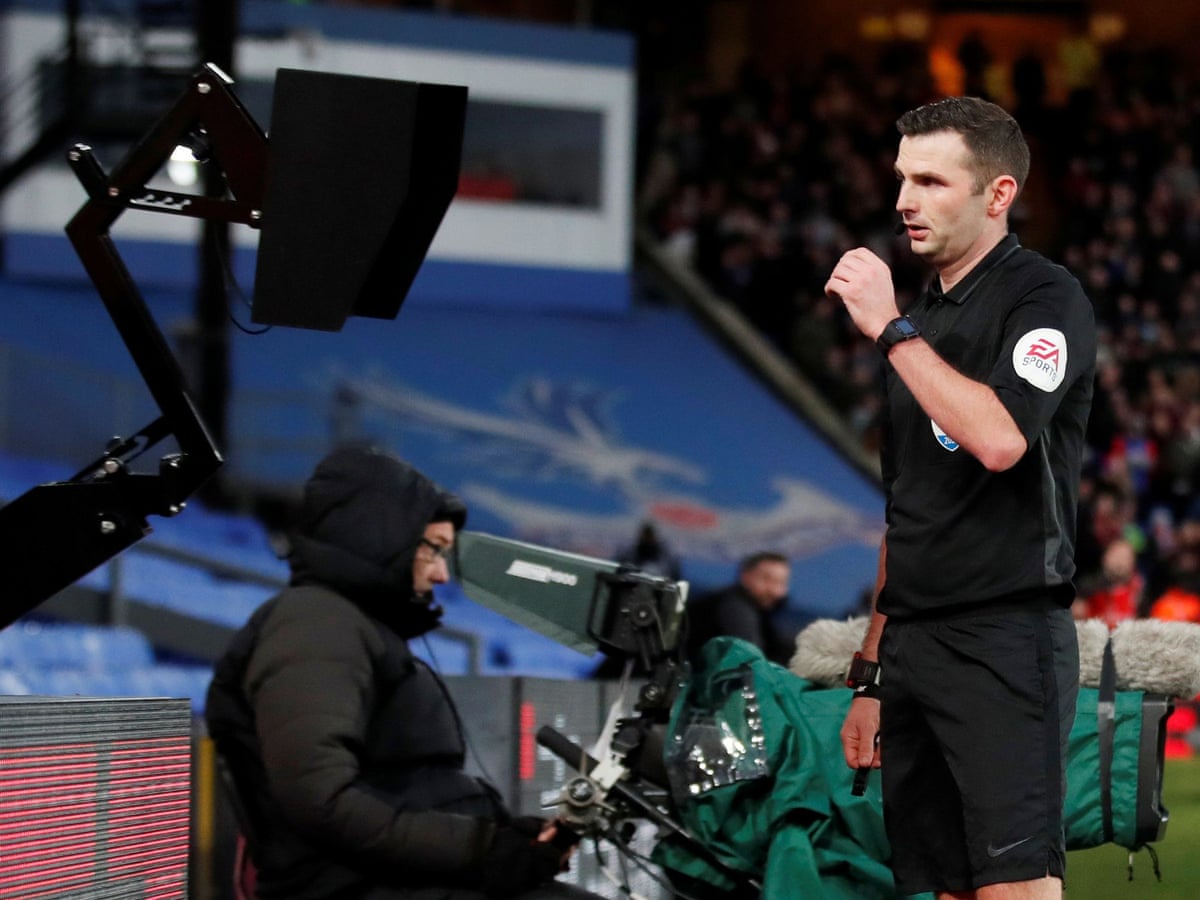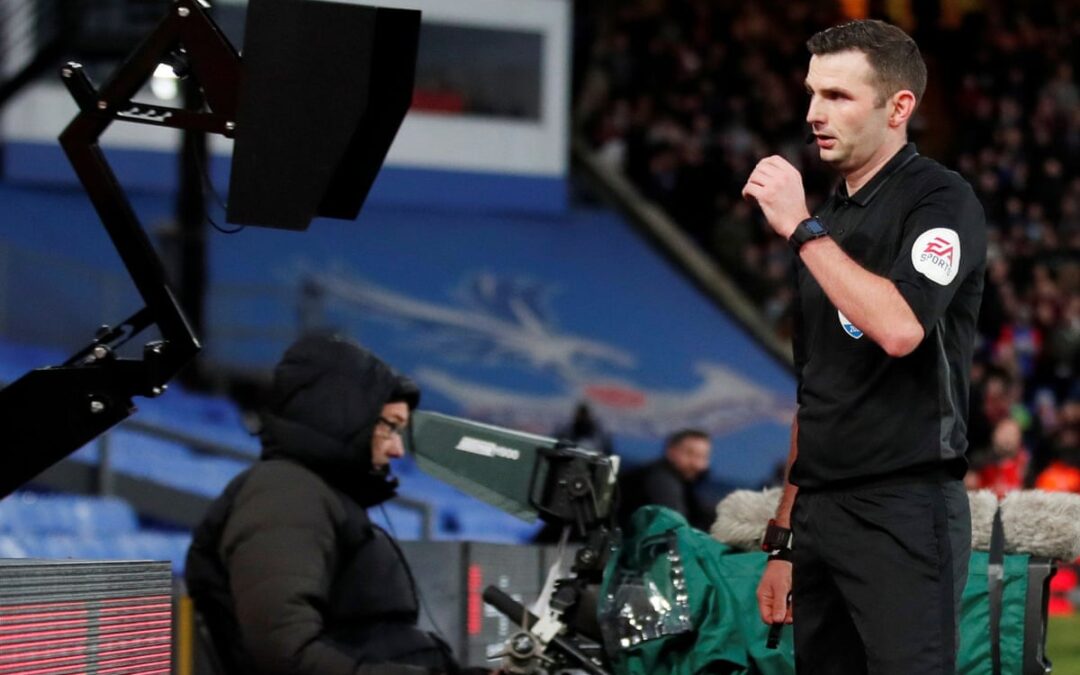THE BEAUTIFUL GAME AND VAR
The beautiful game, as it is commonly termed among football fanatics, experienced a historic change following the meeting held at FIFA’s headquarters on March 3rd, 2018. To many, this day may seem indistinguishable from any other but it marked the genesis of a new way forward for the beautiful game. On this day, the International Football Association Board (IFAB) unanimously approved the use of video assistant referees (VAR), a revolutionary piece of technology that has changed the dynamics of football worldwide. Although several times VAR had been utilized and tested for its efficiency, it was on this day that it was written into the laws of the game.
WHAT IS VAR?
In addition to one referee, two linesmen and a fourth official, VAR allows for a team of three or more who work together and review decisions that are made by the on-field referee. This team operates out of a video operation room equipped with several monitors. These monitors show different camera angles of the football match and can be used to speed up, slow down or stop replays altogether to help the referee with decision making.
Through an earpiece worn by match officials, the VAR communicates their opinion with the on-field referee after watching TV replays. The referee on the pitch will then signal for the decision or opt for an on-field review. The on-field review is facilitated by a monitor placed just outside of the field where the replay that was generated by the VAR can be seen by the referee in real-time for him to decide.
WHEN IS IT USED?
VAR is not however aimed at reviewing every decision that an on-field referee makes. It is designed to consider clear and obvious errors made by the referee. This is in relation to four main categories of events
- Goal or no goal
- Penalty or no penalty
- Direct red card
- Mistaken identity (arises where the wrong player is yellow carded or red carded)
WHY WAS THIS CREATED?
The philosophy behind VAR is really to ensure the utmost fairness and integrity in the game. It is defined by the phrase ‘minimum interference for maximum benefit’ which means that VAR is to be used ONLY for the four categories mentioned above (minimum interference) and for the benefit of the fairest and most accurate decisions (maximum benefit).
The thinking behind its use makes sense and does in fact humanize the often criticized persona of a referee in sport generally. Referees can have over one hundred decisions to make per game and are expected to give these decisions in a split second with minimal delay. These decisions by referees are made against the background noise of coaches, players and the crowd which makes for a high-intensity environment not necessarily conducive to great decision making.
All these factors can impact the quality of the decisions made by a referee and when coupled with fatigue, make for an extremely unenviable job for referees. With the introduction of VAR, referees can benefit from this helping hand or better put, a helping voice in their ears.

THE GOOD
The VAR has allowed for extra sets of eyes which have materially improved referees decision making and has in effect made the game fairer (barring a few exceptional situations in offside decisions and the handball rule). It has also had a positive impact on player discipline.
Players are now more aware of their on-field reaction because, without caution, they could be one VAR call away from being sent to the showers. This is great for the game as VAR serves now as a valuable tool that can maintain order on the field.
THE BAD
One would think with technology like VAR where a team of experts is able to make decisions based on multiple camera angles and slow-motion replays that the correct decisions would be made. WRONG. VAR still has the capacity to get decisions wrong. While technology allows for a clear picture of an incident, it is still subjective as the persons operating in the video operation room may have conflicting opinions. This can lead to unfairness in decision making which is not good for the game.

THE UGLY
VAR has been accused of breaking the momentum and negatively affecting the exciting spontaneity in football. When referees take too long to rectify an incident, the celebrations have to be postponed. When winning goals are scored, players are now less concerned about celebrating and embracing with fans and more focused on instead looking at the referee for verification. Although this somewhat adds to the unpredictability that we all know and love about football, VAR has been accused of greatly affecting the spirit of the game.
Feel free to drop a comment letting us know what you think of VAR and whether you think Trinidad and Tobago should move towards implementing technology like VAR into football?


I appreciate your clearly written and thought-provoking article.
Your article expresses both the positive and negative aspects of this tool in the football world, without taking an emotional stance on any side of this concept .
Thank you for your thorough research and clear writing.
Thank you Kassie.
Very knowledgeable, well written article. Throughly enjoyable
Well written report on something that has truly impacted the beautiful game. Just this weekend my team has been robbed by VAR.
This article provided some insight that I was unsure about with respect to Var rules. I think this technology has helped the game in certain aspects.